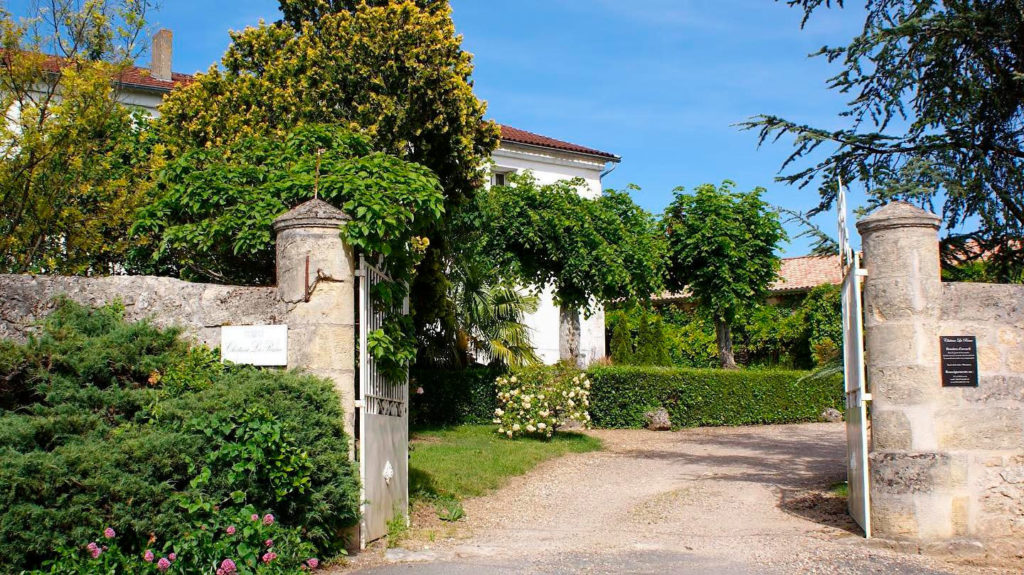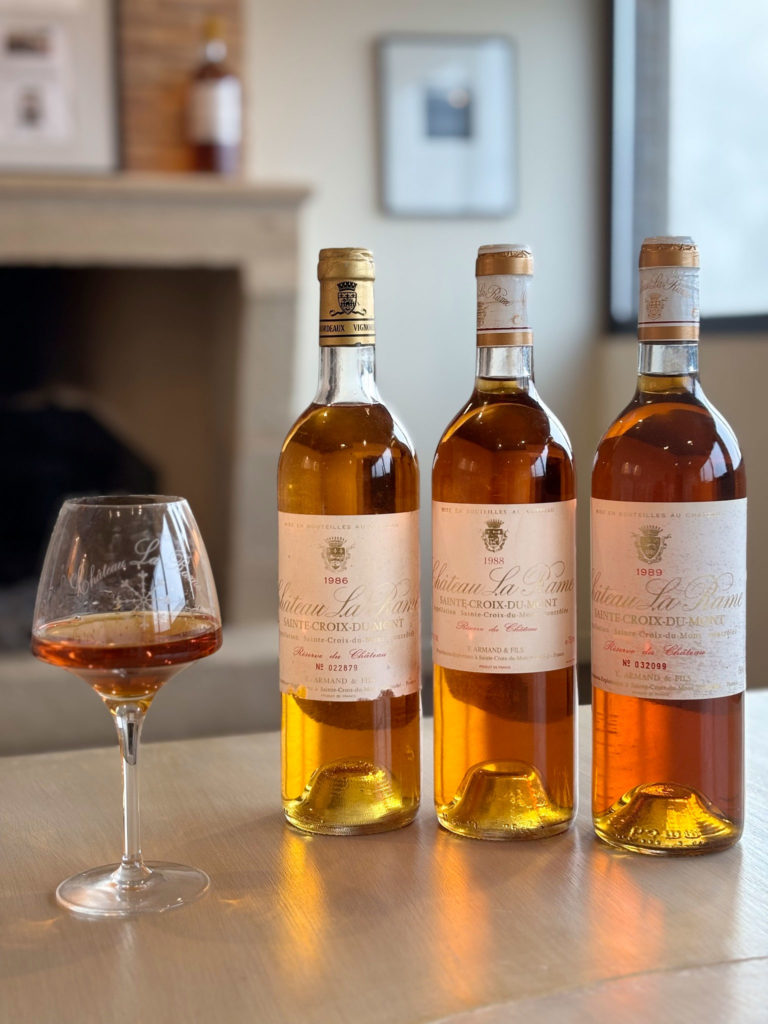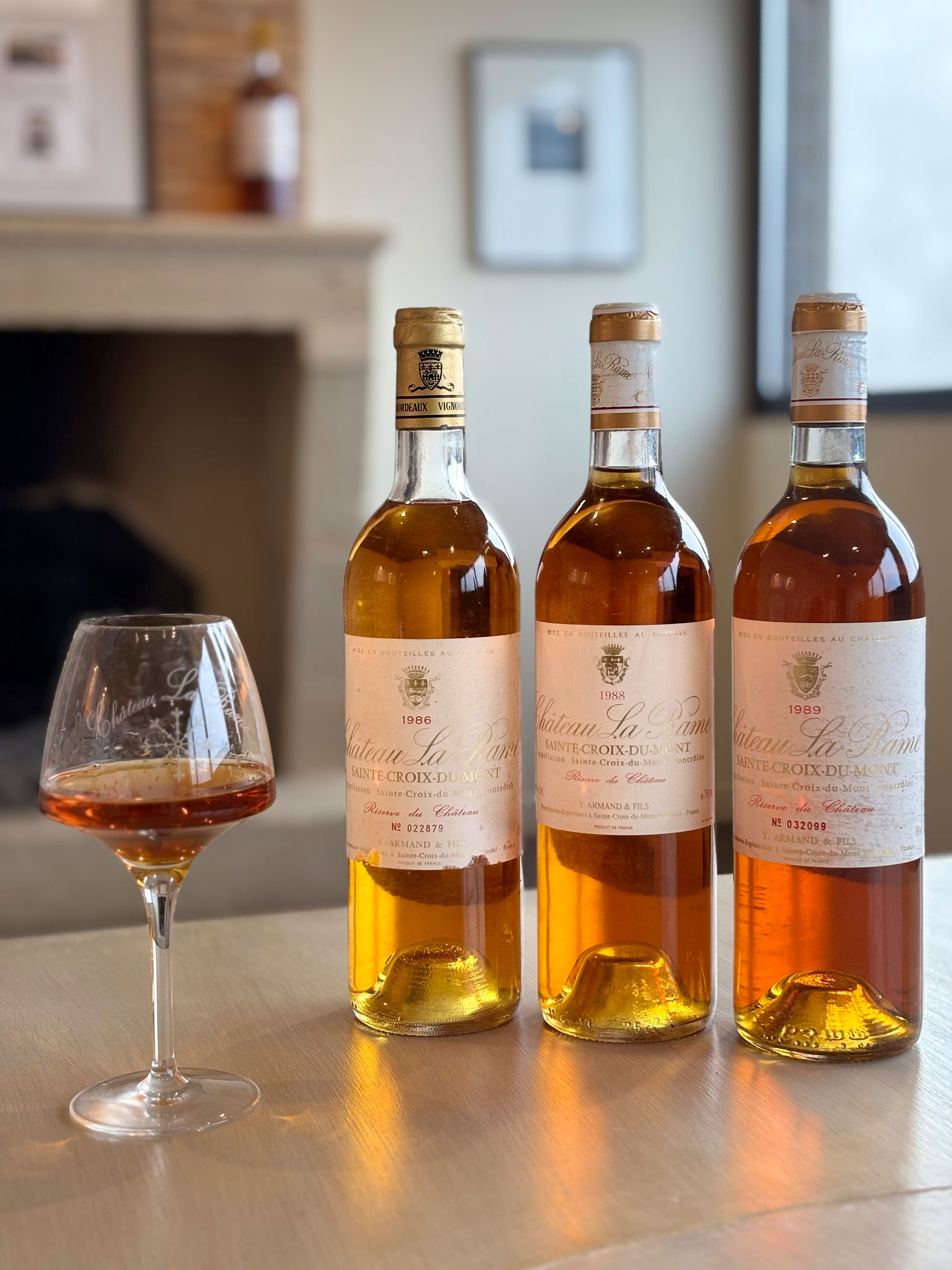Explore Château La Rame near Bordeaux—renowned for its exceptional wines, rich history, and unique terroir.
Located in the heart of the Sainte-Croix-du-Mont appellation, Château La Rame stands as a testament to Bordeaux‘s enduring winemaking heritage. Overlooking the Garonne River, this estate has cultivated vines for generations, producing wines that reflect both tradition and the unique characteristics of its terroir. For enthusiasts seeking an authentic experience of wine tasting in France, Château La Rame offers a compelling destination.
The Estate: History and Stewardship
Château La Rame’s origins trace back to the 17th century, with its name derived from the old French word for “rock,” referencing the fossil-rich limestone soils that define the region. In 1956, Claude Armand acquired the 20-hectare estate, recognizing its potential and historical significance. Under his guidance, and later that of his son Yves, the estate underwent significant revitalization, including vineyard replanting and cellar modernization. Today, the estate is managed by Yves’s children, Grégoire and Angélique, alongside her husband Olivier Allo, ensuring that the family’s dedication to quality and tradition continues.
The estate’s vineyards are predominantly planted with Sémillon (75%) and Sauvignon Blanc (25%), with vines averaging 50 years in age. The unique terroir, characterized by clay-limestone soils and a substratum of fossilized oysters, contributes to the distinctive profile of the wines produced here. The southern exposure of the slopes ensures optimal sunlight, further enhancing grape ripeness and flavor development.

Wine Production: Varietals and Techniques
Château La Rame produces a diverse range of wines, each reflecting the estate’s commitment to expressing the nuances of its terroir.
Bordeaux Blanc Sec
This dry white wine is crafted from a blend of 95% Sauvignon Blanc and 5% Sémillon. The grapes are sourced from a four-hectare parcel with clay-limestone soils and full southern exposure. After manual harvesting, the grapes undergo fermentation in temperature-controlled vats and are aged on fine lees for six months, resulting in a wine that is crisp, with notes of citrus and a refreshing minerality.
Sainte-Croix-du-Mont
The estate’s sweet wine is produced from Sémillon grapes affected by noble rot (Botrytis cinerea), a process facilitated by the microclimate created by the nearby Ciron River. Harvesting is done manually in successive passes to ensure optimal ripeness. Fermentation occurs over several weeks at controlled temperatures, followed by aging in vats for two years before bottling. The resulting wine is rich and complex, with flavors of honeyed fruits and a balanced acidity.
Bordeaux Rouge
The red wine is a blend of 60% Merlot and 40% Cabernet Sauvignon, sourced from vineyards with sandy, limestone, and clay soils. The wine undergoes fermentation and aging in temperature-controlled vats and is typically bottled one year after harvest. It exhibits ripe fruit flavors, balanced tannins, and a medium-bodied structure.
La Charmille (Cadillac Côtes de Bordeaux)
This premium red wine is produced from 65% Merlot and 35% Cabernet Sauvignon, planted on clay-limestone soils. Fermentation occurs in stainless steel vats, followed by aging in French oak barrels (one-third new) for 12–14 months. The wine is noted for its expressive aromas of blackberries and plums, integrated oak nuances, and a well-structured palate.
Bordeaux Rosé
A more recent addition to the portfolio, the rosé is made from 80% Cabernet Sauvignon and 20% Merlot, using the direct-press method. Fermented in temperature-controlled vats and bottled in the spring following harvest, it offers vibrant red fruit flavors and a refreshing finish.


Distinctiveness and Reputation
Château La Rame’s wines are distinguished by their expression of terroir, meticulous production methods, and consistent quality. The estate’s commitment to manual harvesting, selective grape picking, and careful aging processes ensures that each wine reflects the unique characteristics of its origin.
The estate’s sweet wine, in particular, has garnered acclaim, with historical recognition including gold medals at the Bordeaux Exhibition in 1895 and the Paris Exhibition in 1900. More recently, the “Réserve du Château” has been likened to premier cru Sauternes wines, highlighting its exceptional quality and value.
Price points for Château La Rame’s wines are accessible, with the Bordeaux Blanc Sec typically retailing around €18, the Bordeaux Rouge at €20, and the La Charmille at approximately €25. These wines offer excellent value, especially considering their craftsmanship and the estate’s esteemed reputation.
Consumption and Cellaring Recommendations
For immediate enjoyment, the Bordeaux Blanc Sec and Bordeaux Rosé are ideal, offering freshness and vibrant fruit profiles. The Bordeaux Rouge can be consumed young but also benefits from short-term aging (3–5 years) to develop additional complexity.
The La Charmille and Sainte-Croix-du-Mont wines are suitable for longer cellaring. The La Charmille can age gracefully for 5–10 years, while the sweet wine, particularly the “Réserve du Château,” has the potential to evolve over 10–15 years, developing deeper flavors and aromas.
Visiting Château La Rame
Château La Rame welcomes visitors interested in exploring its vineyards and tasting its wines. Located approximately 40 kilometers southeast of Bordeaux, the estate offers guided tours that provide insights into its history, winemaking practices, and the unique terroir of Sainte-Croix-du-Mont. Tastings are conducted in a relaxed setting, allowing guests to experience the range of wines produced on-site.
XperienceFrance is your travel specialist in France.
